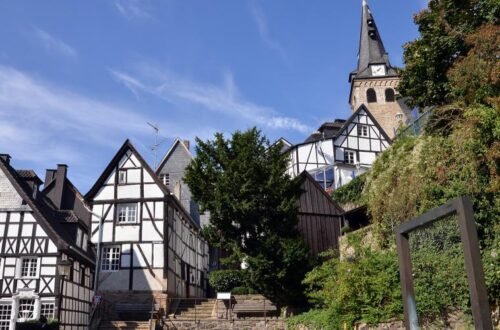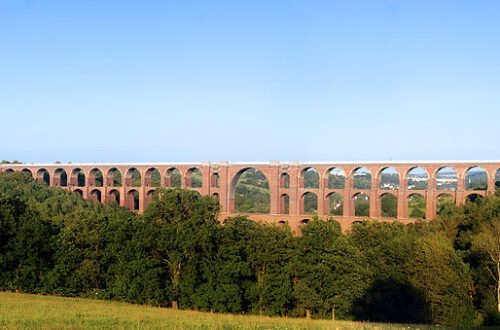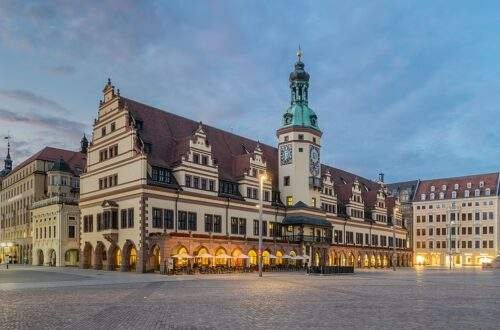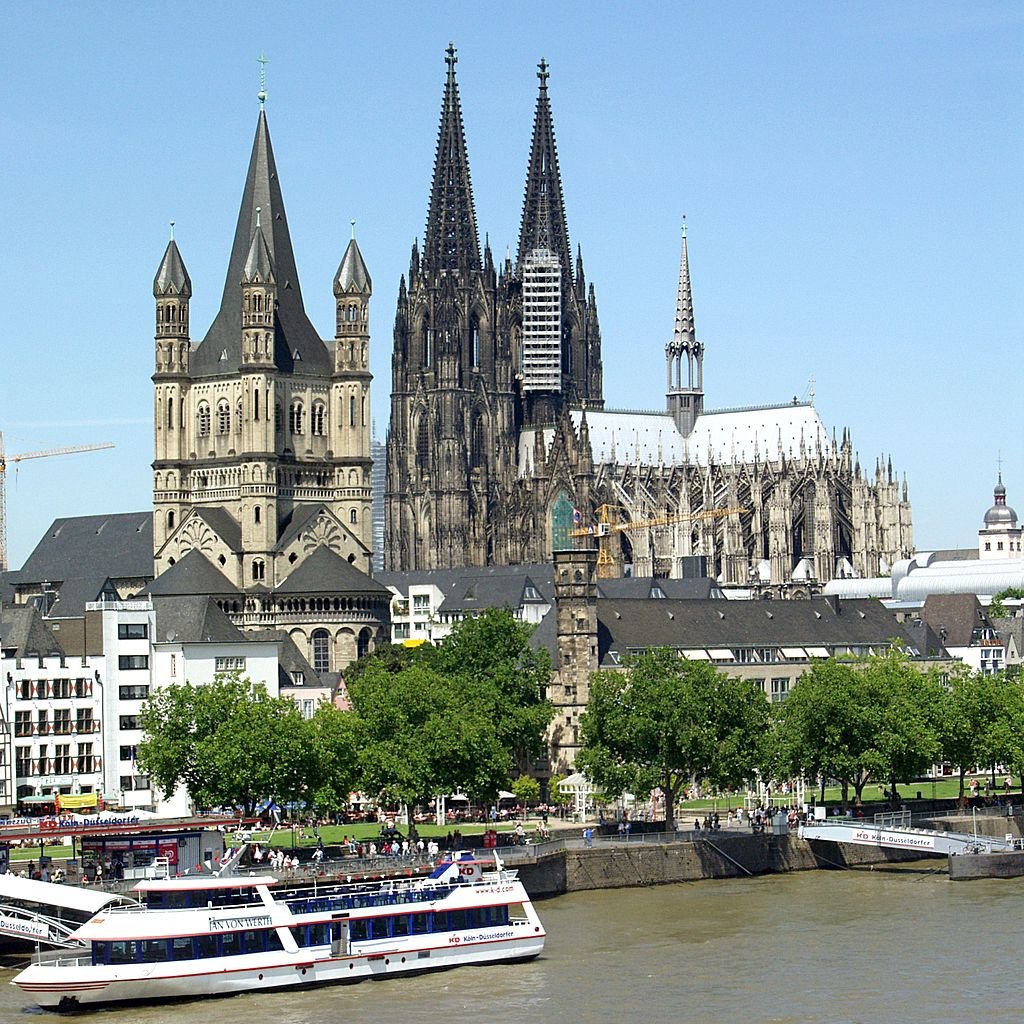
15 Best Things to See in Cologne (Germany)
With more than 2,000 years of history, Cologne (German: Köln) is a cultural hub and a university city on the Rhine. Roman remnants can be seen in the captivating Romano-Germanic Museum and the medieval Romanesque churches in Cologne, which once oversaw a province. There is enough art and history in Cologne to keep you occupied for days if you enjoy losing yourself for a few hours in the wonderful museums. Just to fit a few in, you’ll need to be brutal and well-organized. And Cologne is the German city with the most pubs per capita for refuelling in between the Romanesque churches and museums. You might never want to leave if you add in effortlessly hip neighbourhoods, a buzzing new riverside neighbourhood, and a famous church. Let’s examine the top activities in Cologne:
Schnütgen Museum
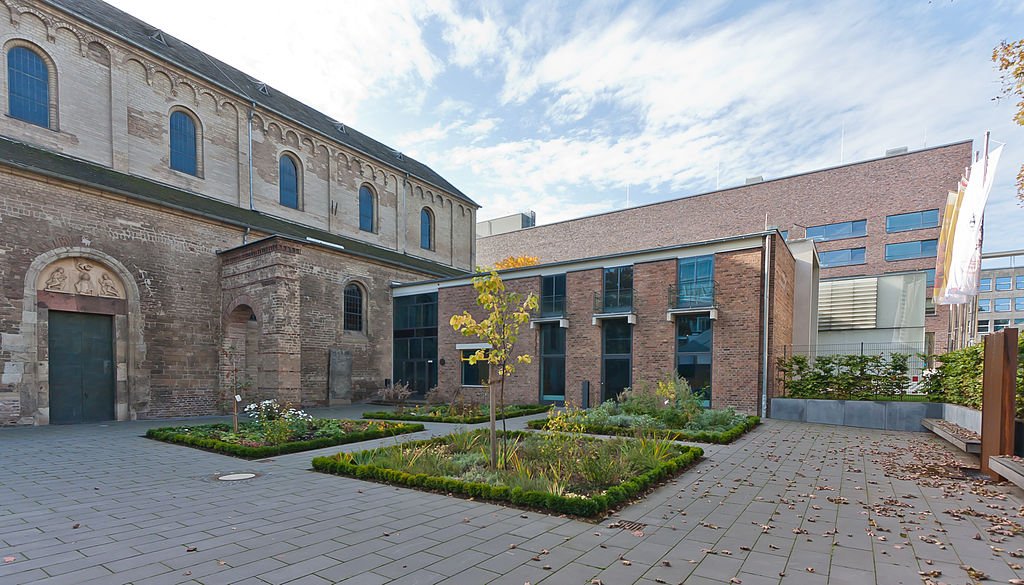
The Cäcilienkirche (St. Cecilia’s Church), which was finished in 1160, still largely retains its original appearance. It was transformed into the home of an enthralling museum of medieval liturgical art in 1956. Examples of craftsmanship that would each be worthwhile a visit in and of themselves serve to highlight Cologne’s place in the medieval Catholic world. There are fabrics, manuscripts, stained glass, paintings, carved ivory, goldsmithing, and sculpture in both wood and stone. The exhibition includes a variety of wooden and bronze Madonnas and crucifixes, including the magnificent Cross of St. George, which was sculpted in the 1000s, as well as St. Cecilia’s Romanesque tympanum.
Kolumba Museum
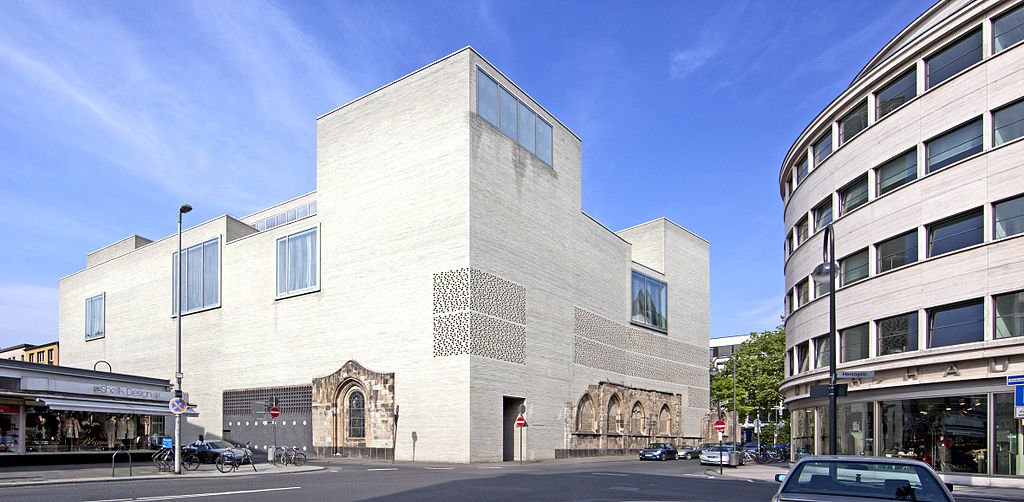
A building that was constructed on the ruins of the St. Kolumba Church houses the museum for the Archdiocese of Cologne. The new structure that surrounds this lovely Late-Gothic church was created by Pritzker Prize-winning architect Peter Zumthor after it was destroyed during World War II. Before ascending to the art galleries, you enter through the bombed-out church building, which is an unsettling experience. Each new piece is a surprise because the display was designed to show the influence of Christianity on various historical eras and geographic locations. The impressive Hermann Ida Cross from the 1000s, a Coptic Egyptian tunic from the 400s, a beautiful Rhenish Romanesque crucifix with an ivory Jesus, and avant-garde works by artists like Joseph Beuys and Paul Thek are also on display.
Wallraf-Richartz Museum
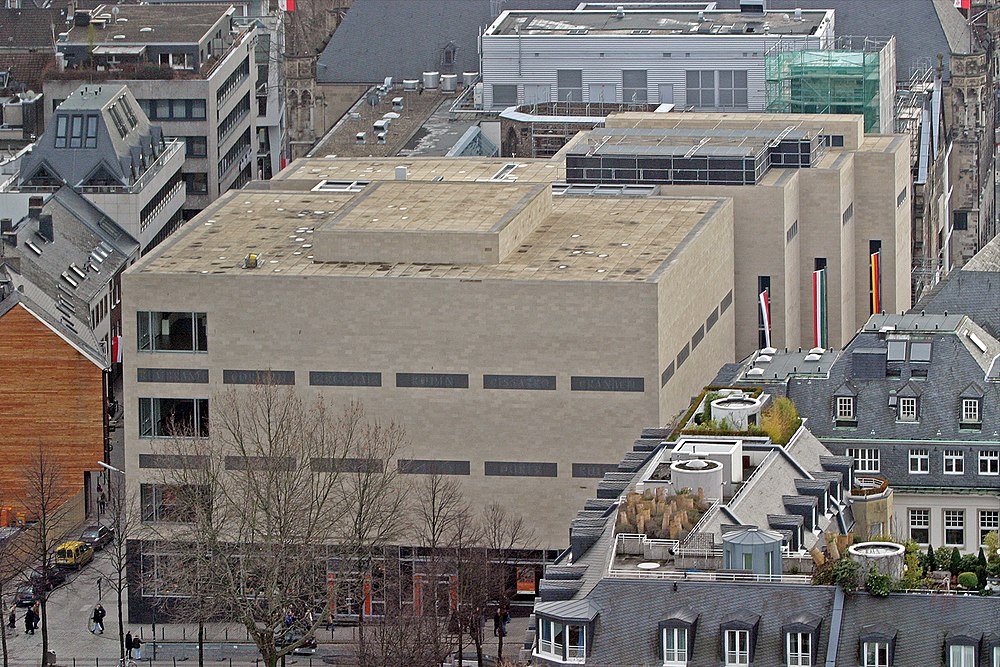
Franz Ferdinand Wallraf left the city a vast collection of Gothic, Renaissance, Baroque, and Impressionist works of art in 1824, giving birth to the Wallraf-Richartz Museum. Stefan Lochner, a 15th-century painter from Cologne gave the Dombild Altarpiece to the cathedral and produced some of the best Gothic works. As much time as you can spare for The Last Judgement, Madonna of the Rose Bower, and Triptych with the Virgin in the Garden of Paradise. But this magnificent museum has much more to offer than only Lochner, with works by Albrecht Dürer, Hieronymous Bosch, Rubens, van Dyck, Rembrandt, Degas, Monet, and many more.
KölnTriangle
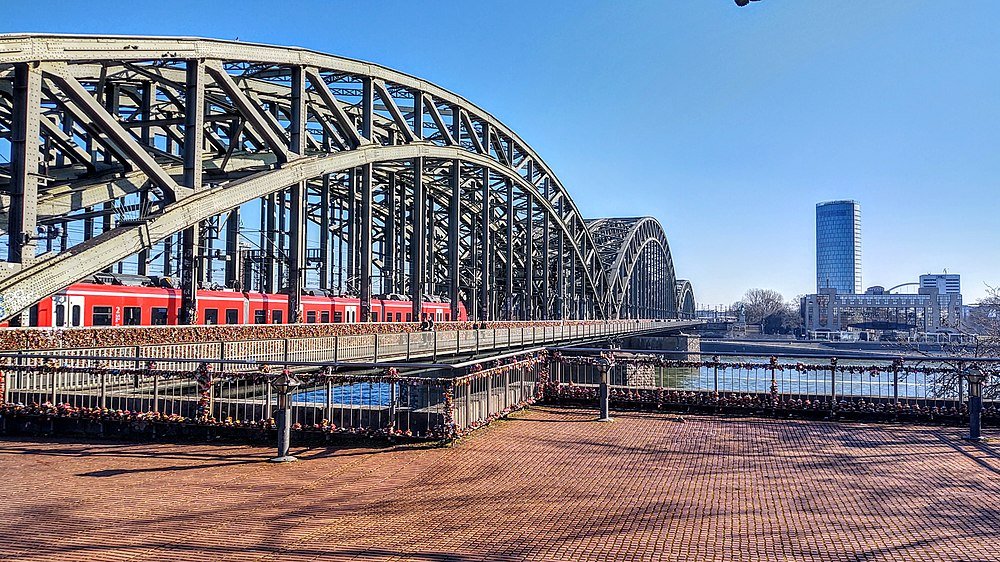
Due to the Cologne Cathedral’s World Heritage classification, no structures are allowed to significantly alter the city’s skyline. The KölnTriangle skyscraper was limited to just over 100 meters because of this. Its panoramic observation deck offers a picturesque view of the old town, the cathedral towers, and the 266-meter Colonius telecom tower behind it on the right bank of the Rhine. All the landmarks visible from this height have helpful descriptions. The platform is available until 2:00 a.m., making it the ideal location to watch the sun set behind the cathedral.
Romano-Germanic Museum
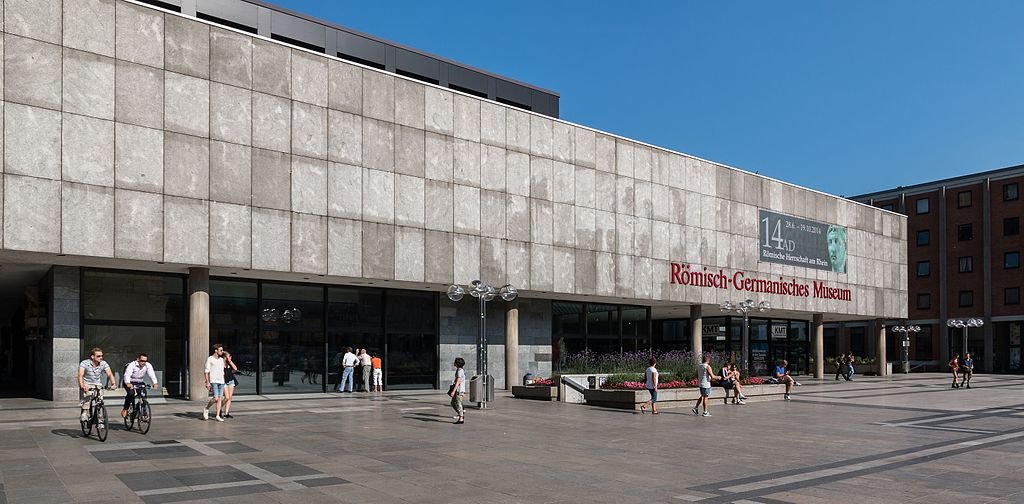
When a bomb shelter was being constructed during the war, a Roman villa near the cathedral was discovered. This was fully unearthed later, and in the 1970s, a whole museum was constructed around the site rather than attempting to transport the centrepiece, a gorgeous Dionysus mosaic. The museum also displays all of the artefacts that were discovered nearby in Cologne from the era of Colonia Claudia Ara Agrippinensium, the provincial capital of Germania Inferior. The quantity and quality of the shape-blown glass, snake-thread glass, and ground glass produced by this community, which was a glassmaking speciality, is astounding. The most priceless item is the “Cologne cage cup” from the fourth century, which is inscribed with the Greek proverb “Drink, live well forever.”
Museum für Angewandte Kunst Köln
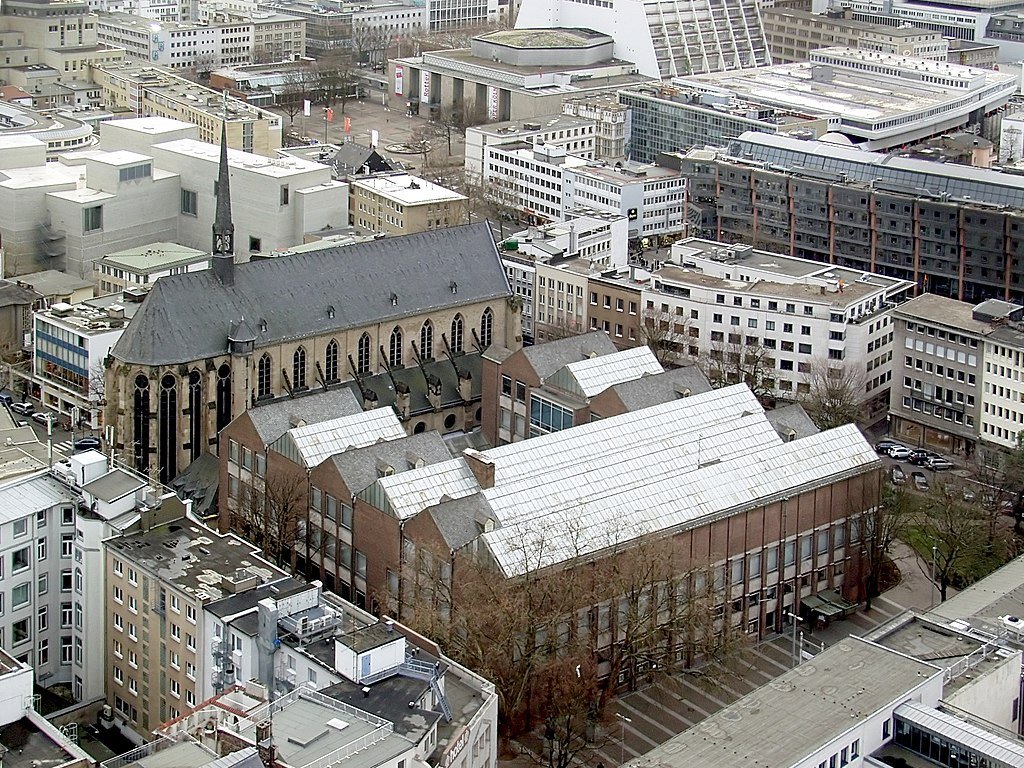
In this exceptional museum’s collection, 100,000 items of ornamental art span history and the modern era. The displays, which are arranged chronologically, feature modern examples of industrial design as well as furniture, weapons, jewellery, china, puppets, and tapestries. You can either go out on a journey through the evolution of applied arts or you can focus on the aspects that appeal to you. There is a beautiful 18th-century chinoiserie cabinet made by master cabinetmaker David Roentgen, as well as an allegorical tapestry of Africa from the 1700s and jewellery dating back 5,000 years that was made on the Rhine’s banks. Along with artwork by Mondrian and Kandinsky, the museum also houses outstanding examples of industrial design by people like Frank Lloyd Wright, Ray Eames, and Philippe Starck.
Ludwig Museum
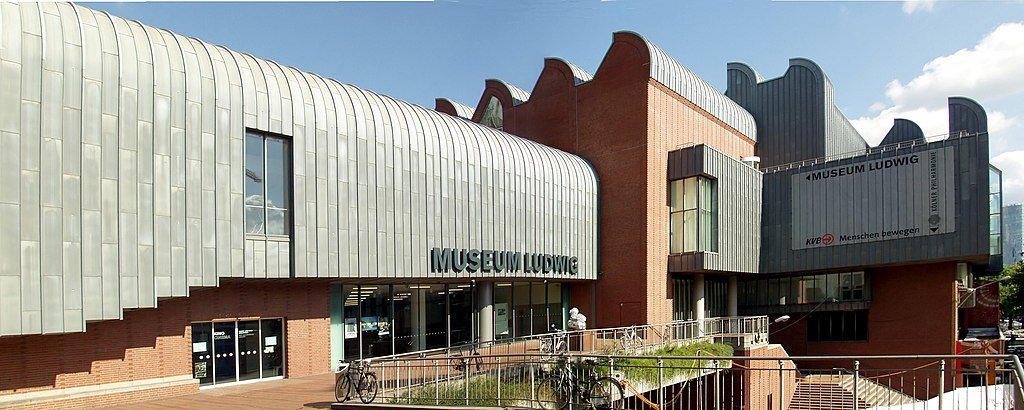
The Ludwig Museum was established in the 1980s in the contemporary, purpose-built structure close to the cathedral and displays artwork created after 1900. The Ludwigs, Peter and Irene, contributed a multi-million dollar collection of 20th-century art in the 1970s, which led to the creation of the attraction. There are famous works of Pop Art like Warhol’s “Brillo Boxes” and “Maybe” by Roy Lichtenstein among the numerous Picassos and the sizable collection of Russian Avant-Garde items. All of this is in addition to the Sammlung Haubrich collection, which includes works by Expressionist artists including Kirchner, August Macke, Karl Schmidt-Rottluff, Erich Heckel, and others.
Cologne’s Old Town
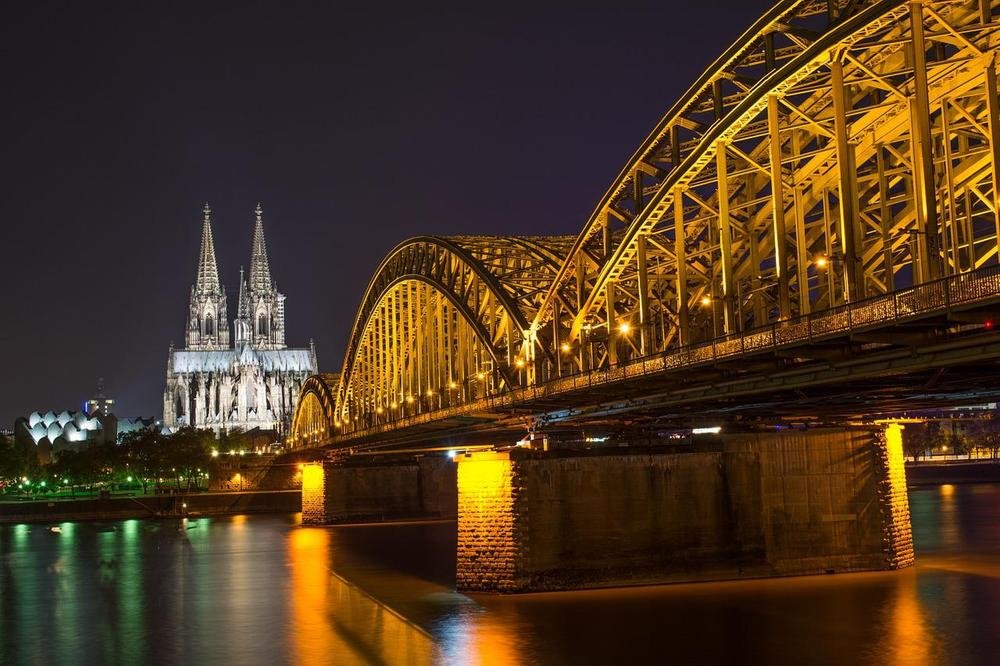
It’s important to keep in mind that three-quarters of Cologne was destroyed during the war as you stroll around the city’s historic centre. Being in a cobblestone alley and realising that it was once rubble just 70 years ago can be sobering. Even among the more recent concrete buildings from the post-war era, the old-world charm can still be felt on streets and plazas like Heumarkt and Altermarkt. Look for the Heinzelmännchenbrunnen, an 1899 fountain along Am Hof. You’ll meet the adored Heinzelmännchen of Cologne, gnomes who completed all of the city’s tasks at night so that residents could unwind (until the gnomes were insulted and left town forever).
St. Gereon’s Basilica
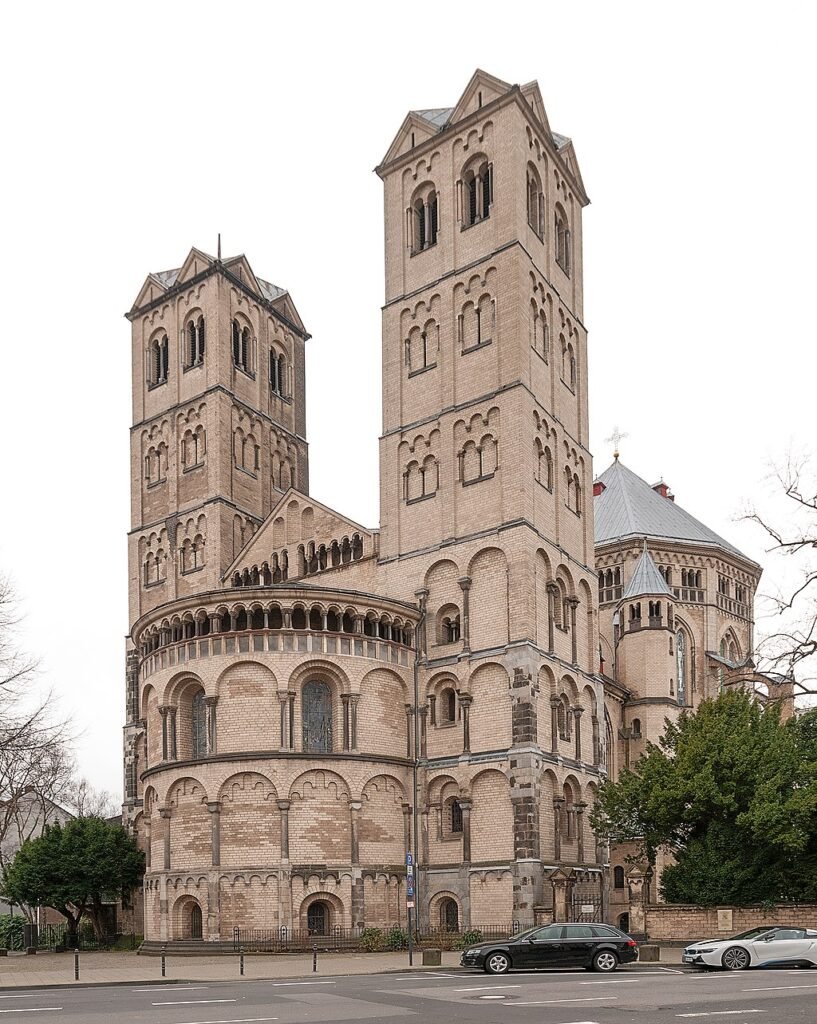
The oddest of the 12 Romanesque churches in Cologne is St. Gereon’s Basilica. Because it was constructed during four periods in the 12th and 13th centuries, adding newer sections to the older ones created a beautiful jumble that accounts for its bizarre shape. If you get close, you can see how the decagonal dome, which is 21 metres across where the nave should be, was constructed into the Roman remains below. Between the 500s and the 15th century, when Florence Cathedral was built, and Constantinople’s Hagia Sophia, the dome is the largest to have been built in the western world. Students of medieval architecture can examine this enigmatic structure to determine the starting and ending points of each phase.
Hohenzollern Bridge
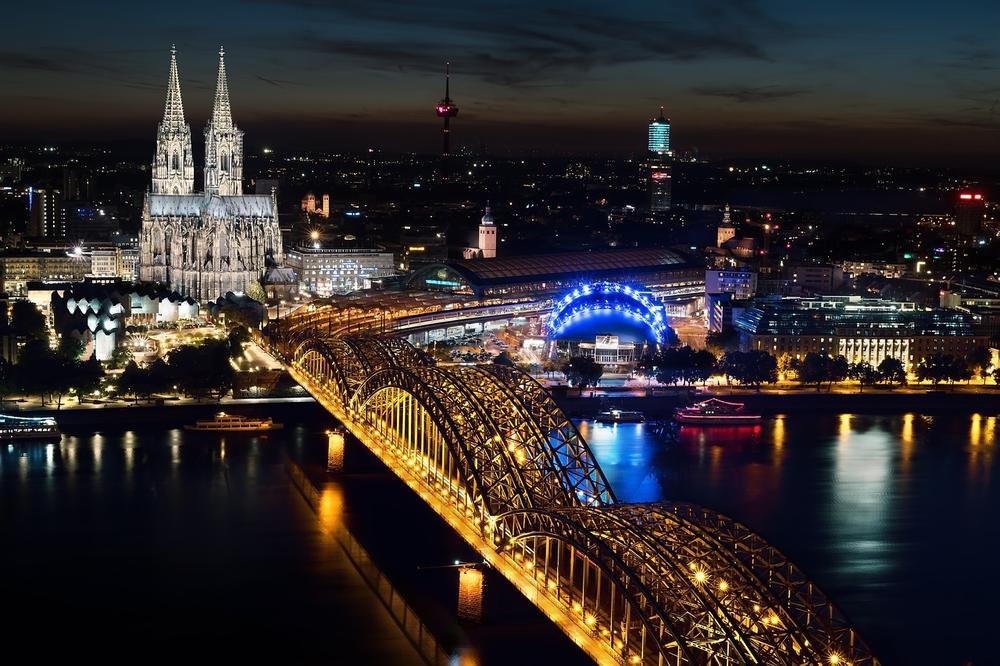
The cathedral and KölnTriangle are connected by a tiered-arch bridge that was built at the beginning of the 20th century. When it was repaired after the war, only rail and pedestrian traffic were allowed. Cross the bridge and look ahead to the tower of Groß St. Martin Church and the towers of the Cologne Cathedral. This is one of Europe’s largest rivers. Over the past ten years, the “love locks” mania has spread to other places, including the bridge. As a symbol of permanence, couples affix a padlock to the grating next to the sidewalk and toss the key into the river. While love locks have compromised other European constructions, the robust Hohenzollern Bridge can support the additional weight of more than two tonnes of locks.
Groß St. Martin
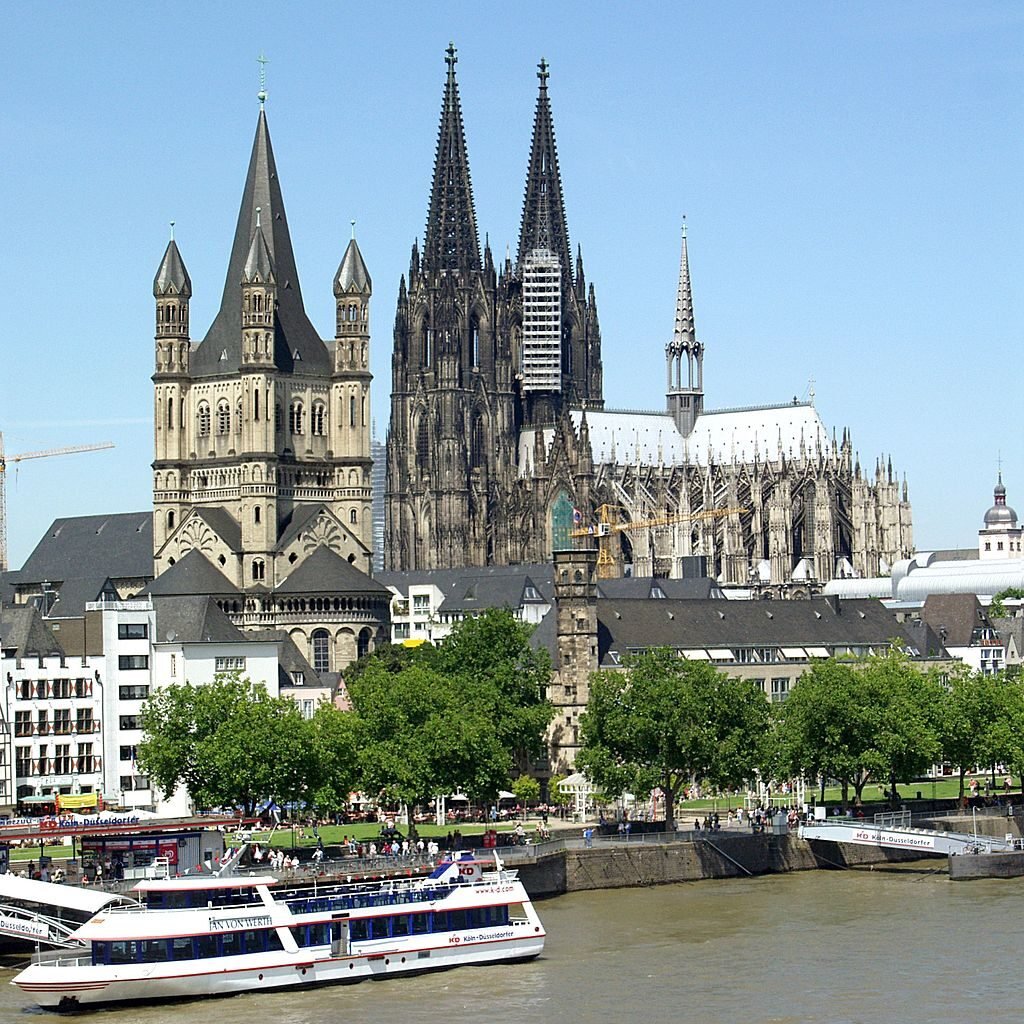
Cologne wouldn’t be the same without the magnificent crossing tower of Groß St. Martin, which has been a part of the city’s skyline since the 12th century. And when this magnificent Rhenish structure was damaged by bombs during the war, the renovation provided an opportunity to examine its Roman-era foundations. You can see where the church’s walls and the walls of a Roman storeroom meet seamlessly beneath the distinctive trefoil chancel. The church’s interior, with its serious design and restrained décor, is typical of a Romanesque house of worship. Restoration work on the building continued into the 1980s.
Botanical Garden
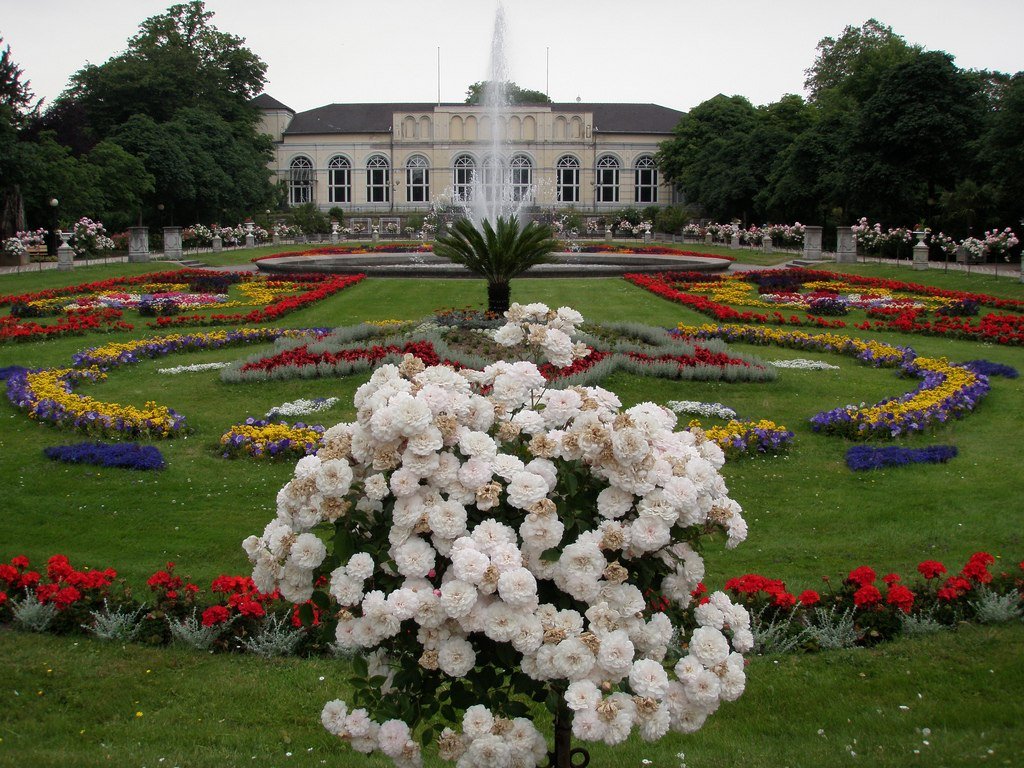
The most charming park in Cologne is located in the city’s north, right near the zoo. It is 11.5 hectares in size and is surrounded by individual gardens, greenhouses, and a stunning glass palace that was constructed in the 1860s and was inspired by London’s Crystal Palace. This structure, known as the Flora, was originally designed as an orangery and, after undergoing reconstruction a few years ago, currently hosts concerts, lectures, and private events. Around the park, there are further glass buildings that sustain tropical products including sugar cane, vanilla, cocoa, and cinnamon, as well as the main greenhouse for a tropical rainforest, the Small Tropical House, a Subtropical House, and a Cactus House. A beautiful Italian Renaissance garden with stone vases, pergolas, a waterfall, and a temple sits outside, as well as a Mediterranean garden next to a pond.
NS Documentation Center
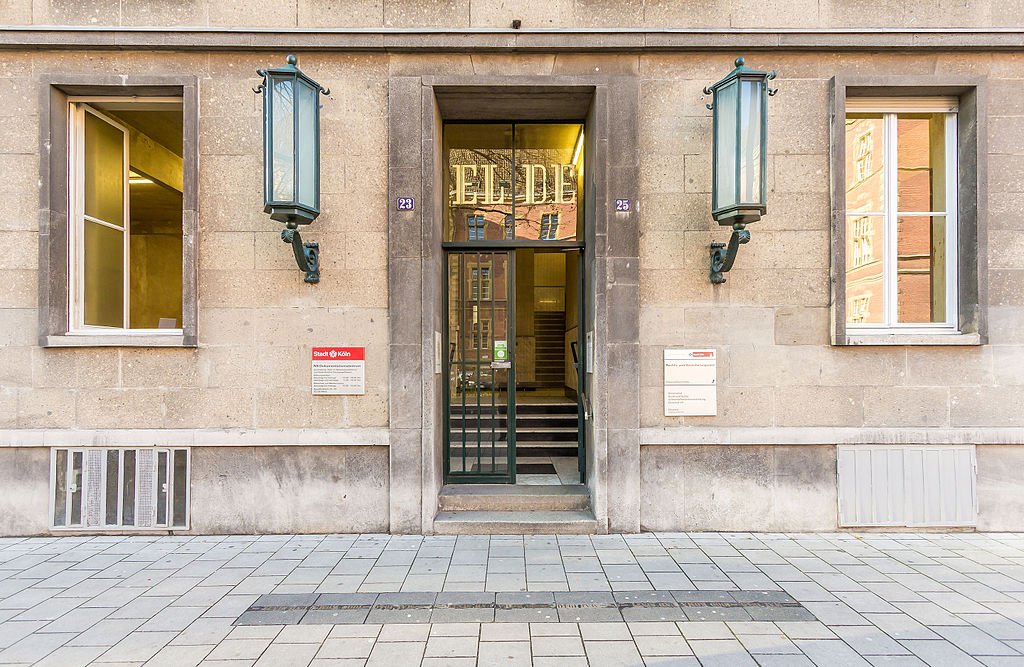
At the former headquarters of the Gestapo secret police, you may relive one of Cologne’s worst moments in history. The EL-DE Haus, which served the purpose it was started in 1935, avoided significant damage during the Second World War, making it an intriguing if the terrifying record of the Nazi era. More than 30 high-tech multimedia stations in the permanent exhibition provide a history of Cologne under national socialism. One of the best surviving prisons from the time, the cellar contains more than 1,800 inscriptions on its walls attesting to the murder and torture that took place inside. The files from the centre that were lost at the end of the war have been forensically rebuilt and are located upstairs in the research section.
Cologne Cathedral

Since 1164, the Three Kings Relic has been kept at Cologne Cathedral, a popular destination for pilgrimages from around the world. Work on a new Gothic structure to house these priceless artifacts began in 1248, and it was modelled after the ethereal cathedrals of Northern France. The most popular tourist destination in Germany is the Cologne Cathedral, whose 19th-century towers remain the second-tallest buildings in the city. The cathedral is now a UNESCO World Heritage Site. Inside, there is a bewildering array of priceless art to view, including 1500s stained glass windows, the 10th-century Gero-Kreuz crucifix, and a 1300s high altar made of black marble with niches engraved with scenes from the Coronation of the Virgin. The Three Kings’ gilded shrine, however, is what draws the tourists. This triple sarcophagus is adorned with Nicholas of Verdun’s 12th-century reliefs depicting scenes from the lives of the apostles, prophets, and Christ.
St. Maria im Kapitol
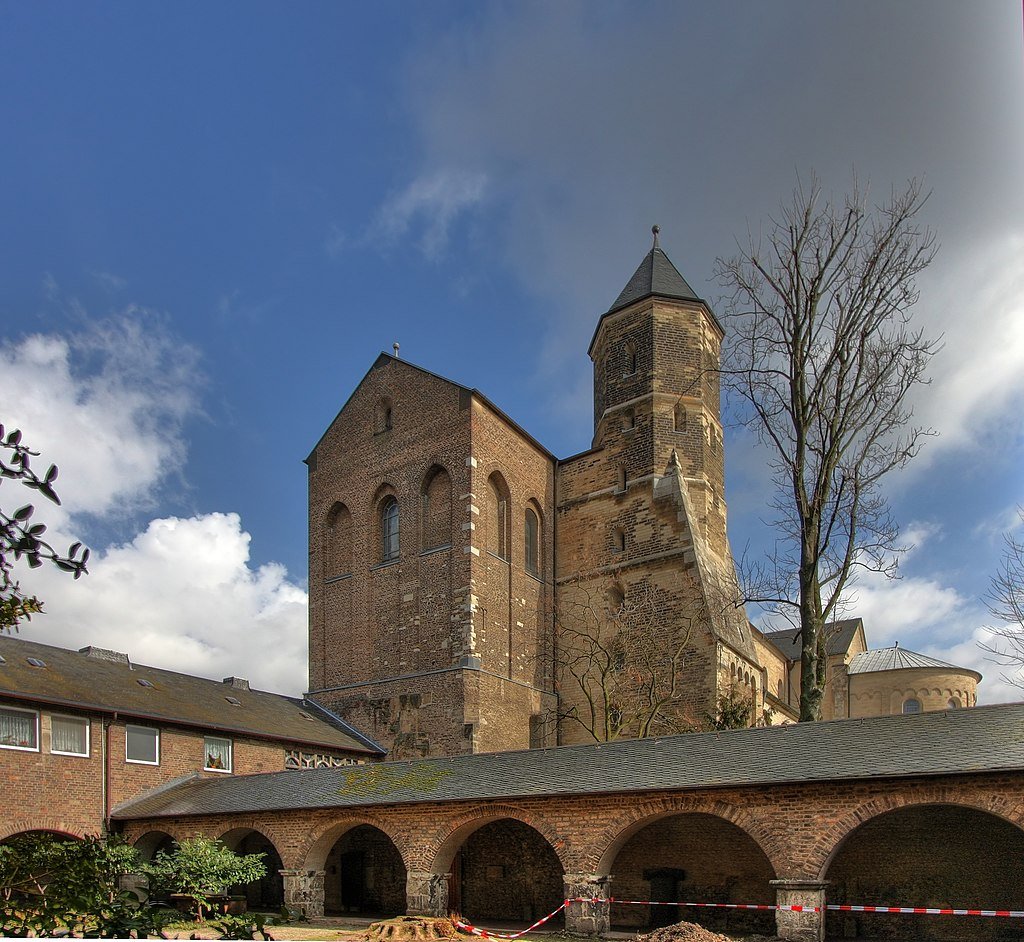
This Romanesque church can be seen in the Kapitol Viertel, where the Roman Temple of ancient Colonia once stood. St. Maria im Kapitol, the largest of the three remaining Romanesque churches in Cologne, was built in the middle of the 11th century, and its apses were inspired by Bethlehem’s Church of the Nativity. Surprisingly, the 1046-dated original wooden doors are still in good shape and are on display on the south side of the aisle. They have reliefs showing scenes from Christ’s life that are framed by elaborate patterning. In addition to the church’s tombs and wonderful wooden sculptures, check out the express pietà (Christ on the cross) in the northeastern apse of the church, which was carved in the 1300s and is notable for its expressiveness.


